Copyright infringements, from today, come under the poorly worded, poorly debated regime introduced in the Copyright (Infringing File Sharing) Amendment Act. Infringement notices can be sent out 21 days from today, on September 1st.
The aim is to make it easier for rights owners to take action against copyright infringers who download music, movies, TV shows, books, software etc. Peer-to-peer (P2P) file sharing is the intended target, but the law seems like it could include other types of file sharing, which will end up being clarified by the Copyright Tribunal or the courts:
“file sharing is where—
- “(a) material is uploaded via, or downloaded from, the Internet using an application or network that enables the simultaneous sharing of material between multiple users; and
- “(b) uploading and downloading may, but need not, occur at the same time
Some examples of the software likely covered under the law (if they’re being used to download infringing content) are here.
Process
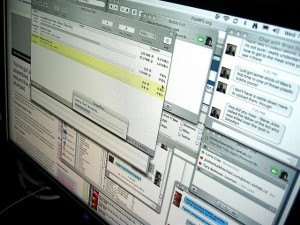 Notices from rights owners are sent to alleged infringers through their internet protocol address provider (effectively their internet service provider), like Telecom, Orcon and Slingshot. The order of the three notices (hence the three strikes name) are a detection notice, warning notice and then an enforcement notice. What notice you’re on is specific to each rights owner, eg. if you’re on the second notice, a warning notice, with Sony, a notice sent from Universal would be a detection notice, the first notice, assuming this is your first run in with Universal. This example, however, seems like it would be muddied if Sony and Universal both use an agent to do their bidding for them and it is the same agent.
Notices from rights owners are sent to alleged infringers through their internet protocol address provider (effectively their internet service provider), like Telecom, Orcon and Slingshot. The order of the three notices (hence the three strikes name) are a detection notice, warning notice and then an enforcement notice. What notice you’re on is specific to each rights owner, eg. if you’re on the second notice, a warning notice, with Sony, a notice sent from Universal would be a detection notice, the first notice, assuming this is your first run in with Universal. This example, however, seems like it would be muddied if Sony and Universal both use an agent to do their bidding for them and it is the same agent.
There is a 28 day on-notice period after a detection or warning notice is issued where alleged infringements against that rights owner don’t count towards the next notice.
Detection and warning notices expire nine months after the date of the original detection notice. Enforcement notices expire 35 days after they are dated. The expiration of an enforcement notice expires the previous detection and warning notices too.
Rights owners pay $25 + GST to the IPAP for each notice they send through them. IPAPs have said that this won’t cover the set up and ongoing costs that this act cause, which will probably mean higher internet prices for everyone.
Rights owners don’t see an alleged infringer’s personal details.
The Copyright Tribunal
When an alleged infringer is on an enforcement notice, the rights owner can pay $200 to take them to the Copyright Tribunal, which will normally accept written submissions, but a face to face hearing can be requested by either party. Legal representation isn’t allowed at the hearing, but the rights owner will likely be represented by someone who knows what they’re talking about. Fines can be ordered of up to $15,000. There’s a provision in the act for rights owners to apply to a District Court to get an accused’s internet access cut off for up to six months. It’s currently not available, but could theoretically be implemented at any time.
Challenging notices
The normal burden of proof is reversed with an alleged infringer having to prove that they didn’t infringe copyright (how you prove you didn’t do something, I’m not sure). A notice can be challenged by an alleged infringer. Challenges have to be received by the IPAP no more than 14 days after the notice was dated. It’s up to the rights holder whether they reject or accept the challenge. If a rights holder doesn’t respond to a challenge before the close of the 28th day after the original notice was dated, the challenge is deemed to be accepted.
Account holder
The account holder, most likely the person whose name is on the bill, is liable for any content downloaded or uploaded over the connection they pay for. Unlike speeding tickets there’s no way to transfer this liability. Schools and pupils, universities and students, businesses and employees, libraries and library users, parents and children, landlords and tenants or flatmates could all be affected because of this. This also means that account holders are liable for guests or people they don’t even know who might be accessing their unsecured wireless internet (if you’re not sure if your wireless internet is secure, you can Google something like ‘securing wireless internet’ to make sure).
Effect on illegal file sharing
The regime ends up being ridiculous because a moderately technically competent person can get around it easily. Extreme illegal file sharers are probably already protecting themselves using seedboxes or VPNs. More casual downloaders will likely swap to using seedboxes, VPNs, streaming websites, searching file storage websites like Mediafire with Google or downloading audio from YouTube after they receive a few detection notices. There’s also the possibility of them avoiding the regime using mobile internet, which isn’t covered under the law until October 2013, or by using unsecured or free Wi-Fi.
Is this the death of free Wi-Fi? Are Rugby World Cup tourists going to wonder why their accommodation doesn’t include internet access? Are some ISPs going to start blocking all P2P traffic regardless of the legality of it?
It will be interesting to see which rights owners choose to send notices under the new regime. To be honest, I’m not sure how initiating a process that leads to the Copyright Tribunal is going to want to make people spend money with a company.
More information at 3strikesNZ.
Image credit: Jennie Faber
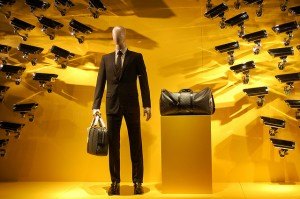


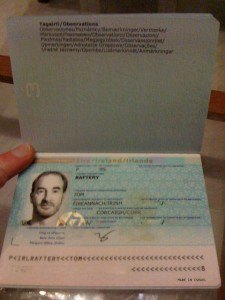
 The
The 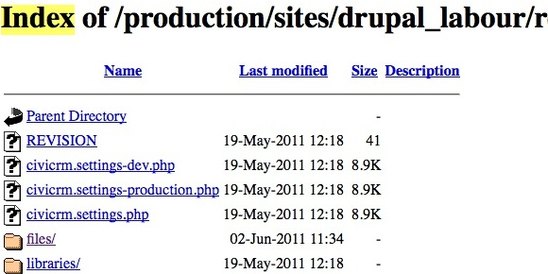
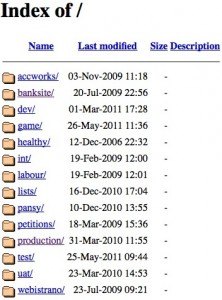 National’s involvement
National’s involvement KiwiSaver will be affected by National 2011’s budget, but it will still be a worthwhile scheme for nearly everyone under 65 to be in.
KiwiSaver will be affected by National 2011’s budget, but it will still be a worthwhile scheme for nearly everyone under 65 to be in.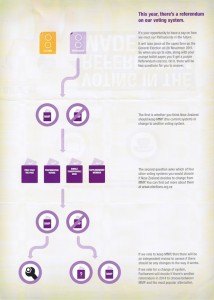
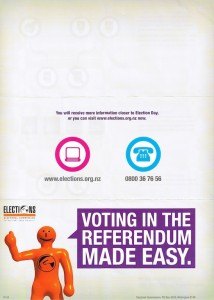

 A Tauranga schoolgirl had an abortion “arranged” by a school counselor without her parents’ knowledge. Her mum, angry at not being informed, spoke to the media. This promoted calls for girls under 16 to require parental consent to go through with an abortion. Under the Care of Children Act there is no age restriction to give consent to an abortion. In 2004, then opposition MP Judith Collins tried to change this, but it didn’t pass.
A Tauranga schoolgirl had an abortion “arranged” by a school counselor without her parents’ knowledge. Her mum, angry at not being informed, spoke to the media. This promoted calls for girls under 16 to require parental consent to go through with an abortion. Under the Care of Children Act there is no age restriction to give consent to an abortion. In 2004, then opposition MP Judith Collins tried to change this, but it didn’t pass. Yesterday the
Yesterday the 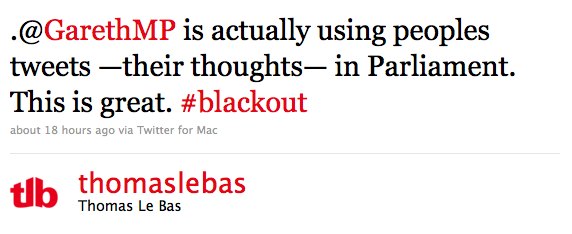 (
(